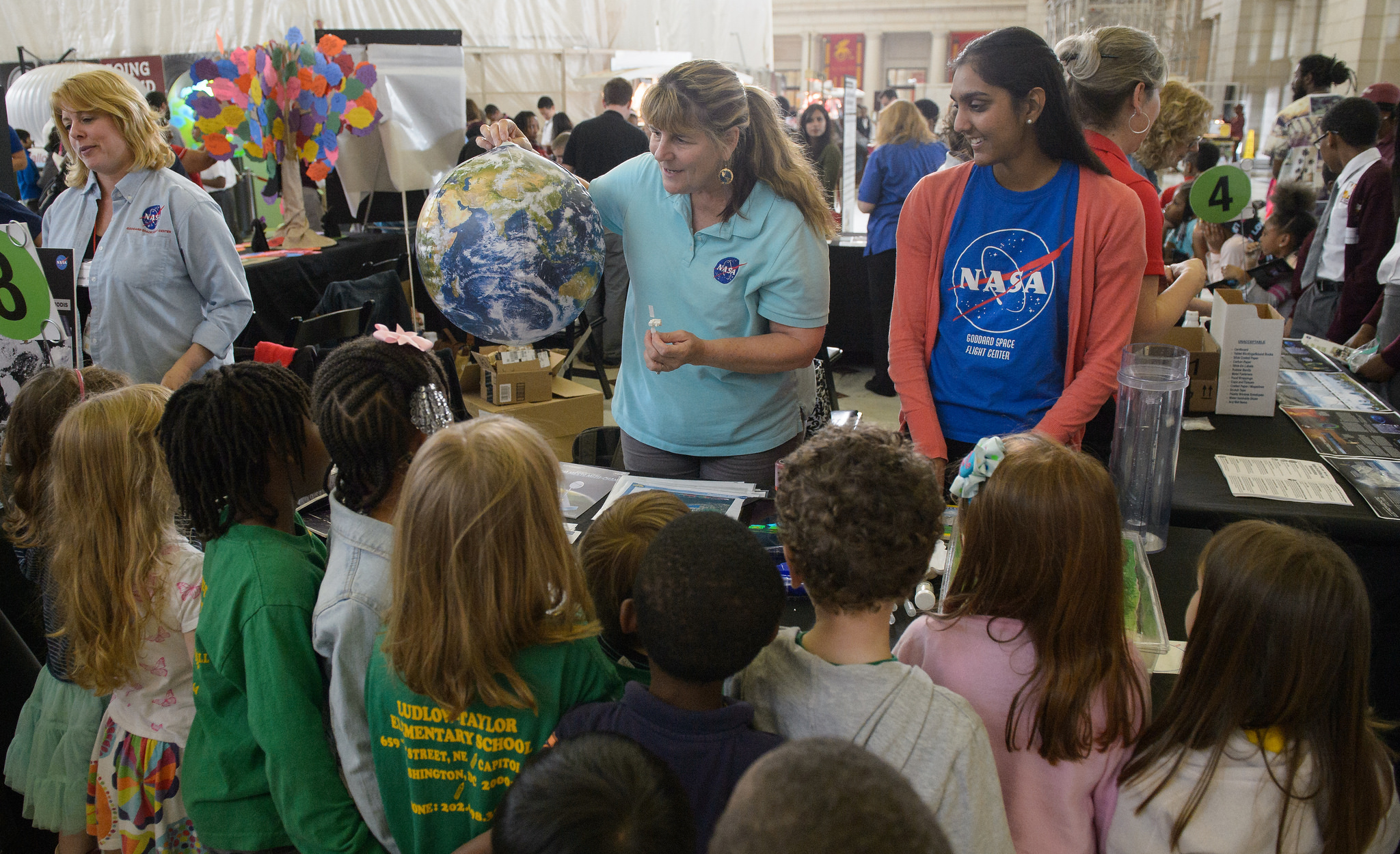This year, NASA will celebrate Earth Day, April 22, with a variety of live and online activities Thursday and Friday, April 20-21, to engage the public in the agency’s mission to better understand and protect our home planet.
Earth Day in the Nation’s Capital
Thursday, April 20, 9 a.m. to 5 p.m.
Union Station main hall at 40 Massachusetts Ave. NE in Washington
NASA Hyperwall and Science Stories, hands-on activities and demonstrations. NASA scientists will give talks April 20 at the Hyperwall stage following the opening ceremony at 10:30 a.m. Meet former astronaut Scott Altman from 12 to 1 p.m.
Hayden Planetarium Special Event: Earth Day Celebration in New York
Friday, April 21, 7 p.m.
American Museum of Natural History, Central Park West at 79th Street, New York
The program will celebrate Earth Day with a visually stunning tour of our dynamic planet. Beginning with the Earth’s rise above the moon, first seen by the Apollo 8 astronauts and the original inspiration for Earth Day, the program will explore the many ways scientists use satellite instruments and computer models to monitor global change. NASA climate scientist Benjamin Cook, from the agency’s Goddard Institute for Space Studies, will co-lead the program using OpenSpace, a new NASA-funded, real-time visualization platform.
“Adopt the Planet” Online Activity
Ongoing
NASA invites the public to learn about our global environment by “adopting” a small part of our home planet. Participants will receive a personalized adoption certificate for their unique, numbered piece of Earth (approximately 55 miles wide) to print and share on social media. The certificate features NASA Earth science data collected for that location.
NASA uses the vantage point of space to increase our understanding of our home planet, improve lives and safeguard our future. The agency develops new ways to observe and study Earth’s interconnected natural systems with long-term data records, shares this unique knowledge, and works with institutions around the world to gain new insights into how our planet is changing.
For more information about NASA’s Earth science activities, visit:
-end-
Sean Potter
Headquarters, Washington
202-358-1536
sean.potter@nasa.gov



























